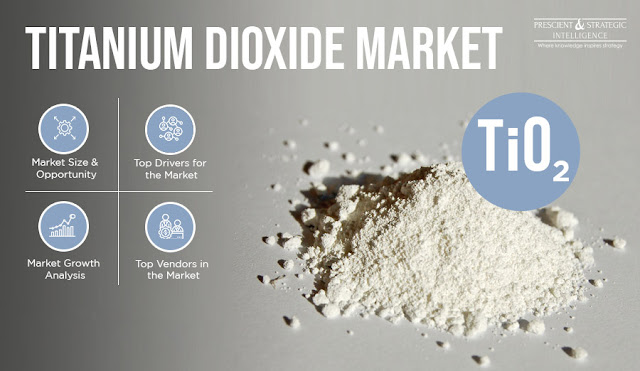Why Do Automobile Manufacturers Need High Volume of Paints and Coatings?

Large volumes of paints and coatings are used in the construction industry for both protective and aesthetic purposes. Thus, the rising construction of housing units, to accommodate the growing population, will create a huge requirement for such products in the forthcoming years. Moreover, the increasing number of manufacturing facilities, owing to the burgeoning need for consumer products and automobiles, will also amplify the usage of paints and coatings in the coming years. Additionally, the growing number of commercial structures will also fuel the consumption of these substances in the near future. Furthermore, the escalating demand for automobiles, on account of the mounting disposable income of people, accelerating urbanization rate, and changing lifestyles, will also fuel the paints and coatings market at 4.2 % CAGR during the forecast period (2020–2030). According to P&S Intelligence, the market revenue stood at $156,086.2 million in 2019 and it is projected to reach $227,...











